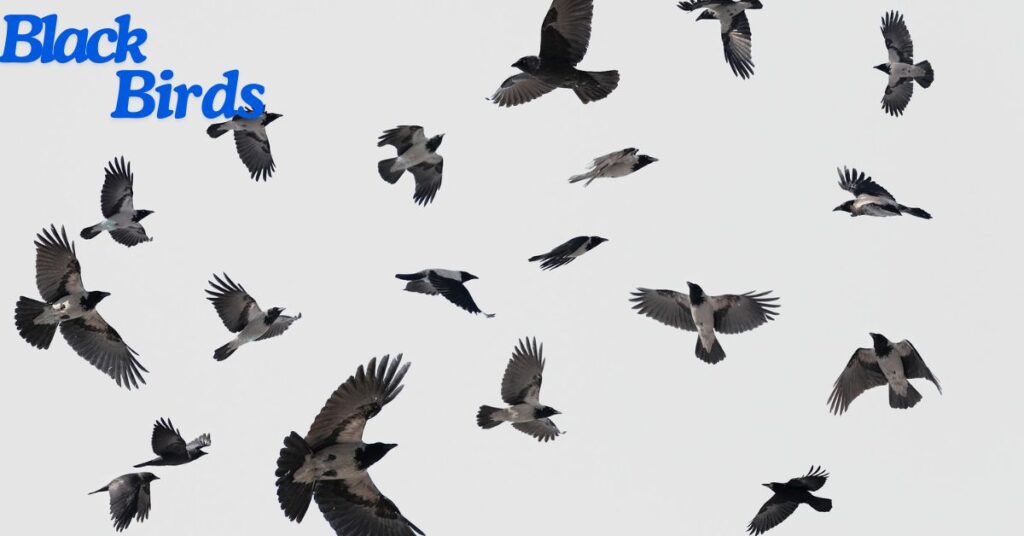Black Birds have captivated human interest for centuries with their striking appearance and interesting behaviors. From the common crow to the tricky raven, these winged creatures are more than fair shadows fluttering through the sky.
In this comprehensive direct, Black Feathered creatures Uncovered: Staggering Photographs and Intriguing Realities You Require to Know!”, we will investigate the world of black birds, exhibiting their excellence through dazzling photographs and sharing captivating actualities that will develop your appreciation for these puzzling creatures.
What Are Black Birds?
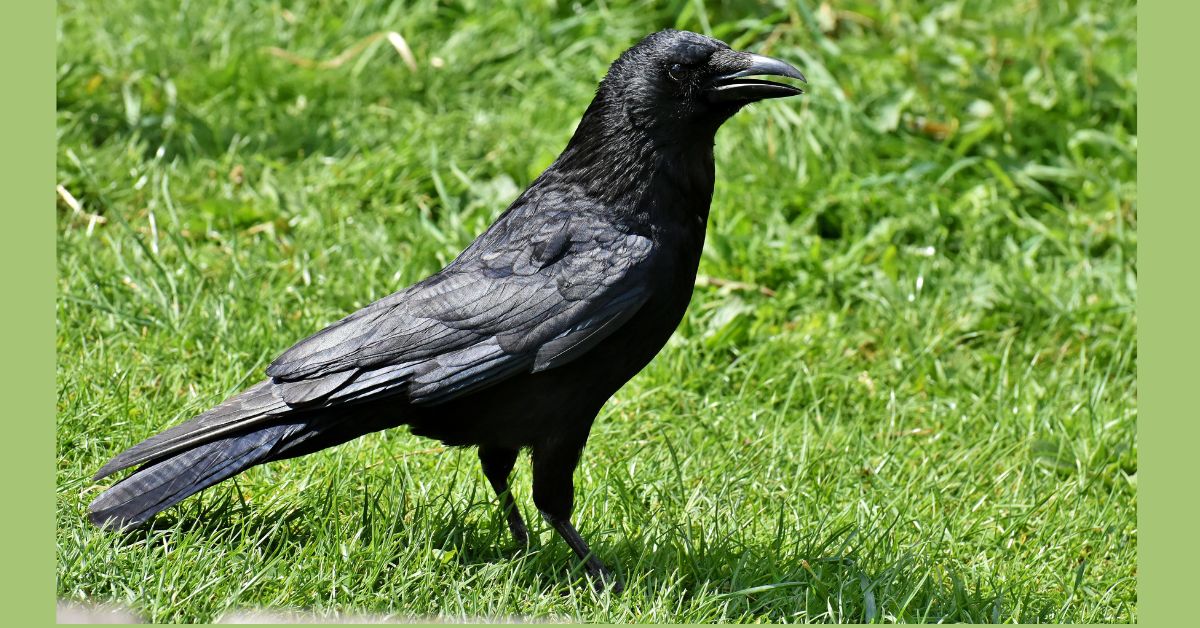
Overview of Black Birds
When we conversation almost black birds, we’re alluding to a assortment of species over diverse families that overwhelmingly show dark plumage. This incorporates the well-known crows and ravens, as well as other species such as blackbirds, grackles, and starlings. Each of these winged creatures has one of a kind characteristics and plays a crucial part in their ecosystems.
Why Do Black Birds Show up Black?
The dark coloration in winged creatures frequently comes about from a combination of colors and auxiliary coloration. Melanin, the color mindful for the dark coloration, assimilates light, making the quills show up dark. In a few species, the dark plumes can have glowing or shiny qualities, including to their striking appearance.
Types of Black Birds
Crows: Shrewdly and Adaptable
Crows are among the most cleverly birds. They have the capacity to utilize instruments, illuminate complex issues, and communicate in advanced ways. These winged creatures are profoundly versatile, flourishing in differing situations from urban ranges to provincial landscapes.
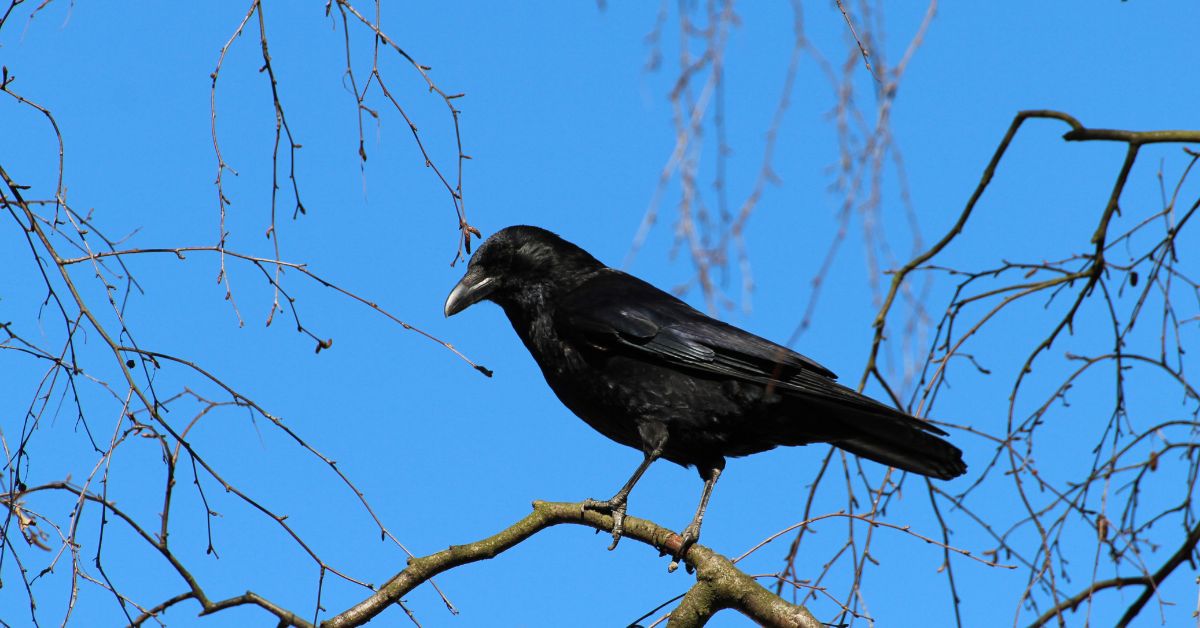
(Picture: A magnificent crow roosted on a branch)
Ravens: Magical and Mysterious
Ravens are closely related to crows but are for the most part bigger and have a more strong construct. They are known for their profound, thunderous calls and have been highlighted in mythology and fables all through history.
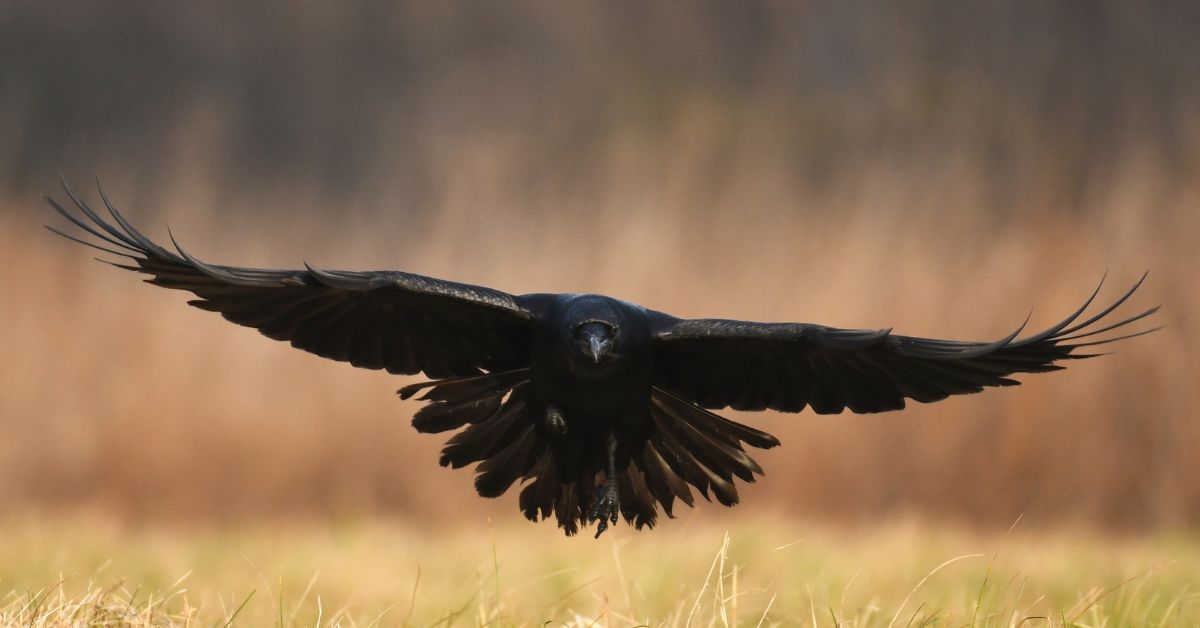
(Picture: A raven with its striking dark feathers)
Blackbirds: Larks with a Resonant Tune
Black birds are known for their musical tunes and are a common locate in gardens and parks. They are portion of the thrush family and display a run of vocalizations that can be very beautiful.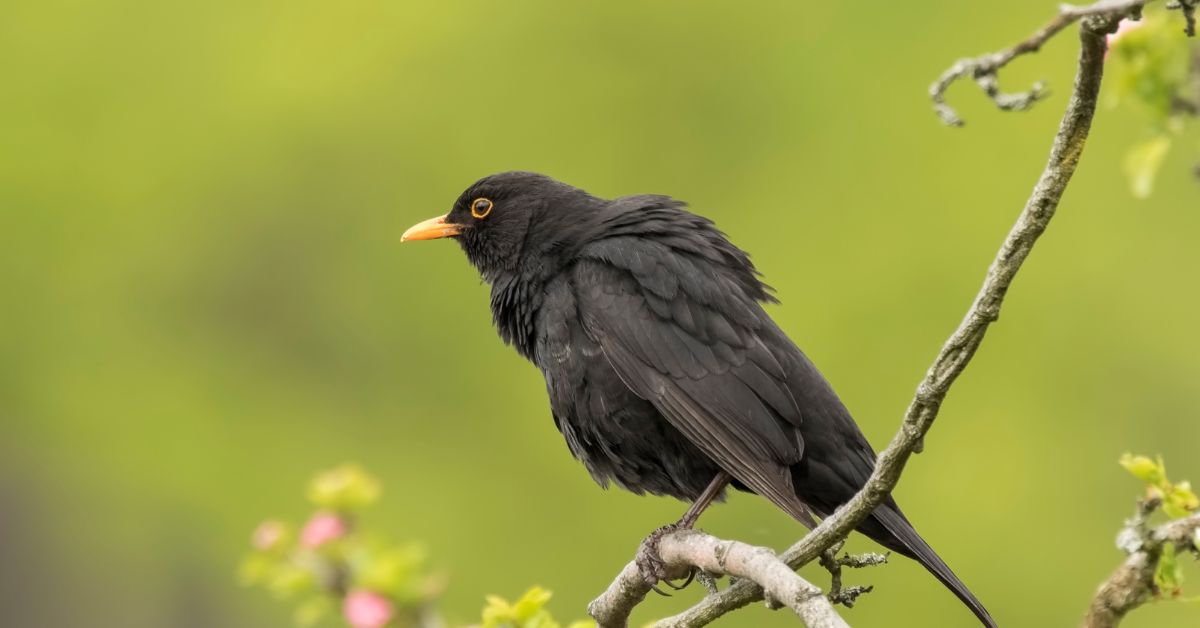
(Picture: A blackbird singing in a garden)
Grackles: Social and Vocal
Grackles are social fowls frequently seen in expansive herds. They are known for their uproarious calls and their capacity to adjust to urban situations. Their glowing plumes can sparkle with shades of blue and green.
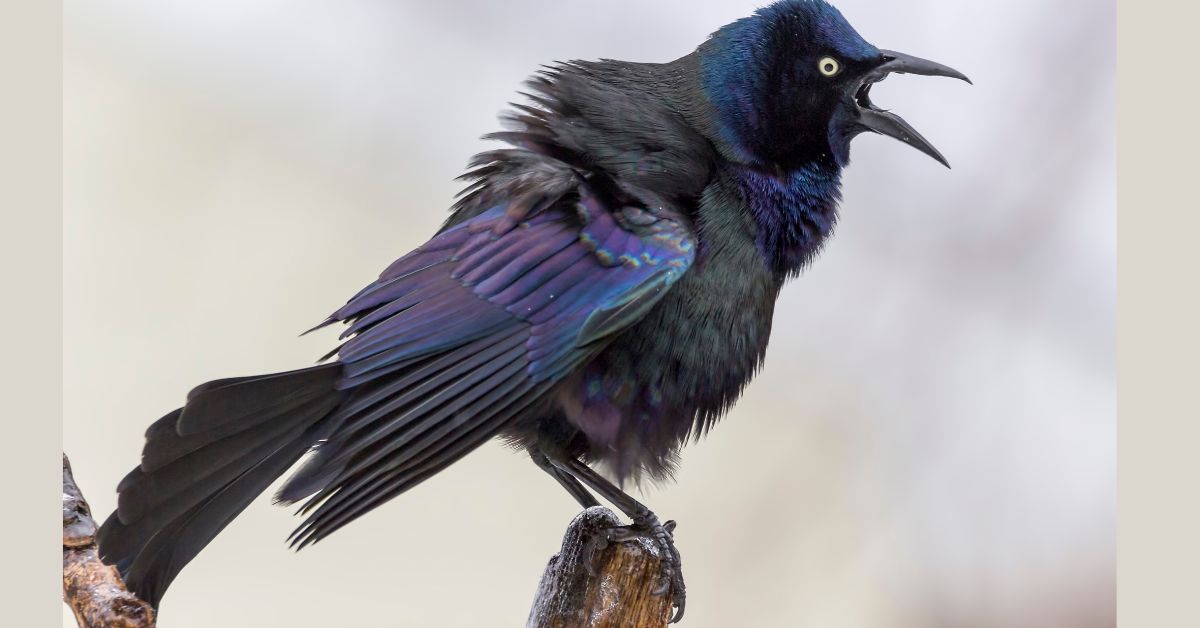
(Picture: A grackle appearing off its glowing feathers)
Starlings: Wonderful and Versatile
Starlings, especially the European starling, are known for their staggering plumage and capacity to mirror sounds. Their quills regularly show glowing tints, including to their visual appeal.
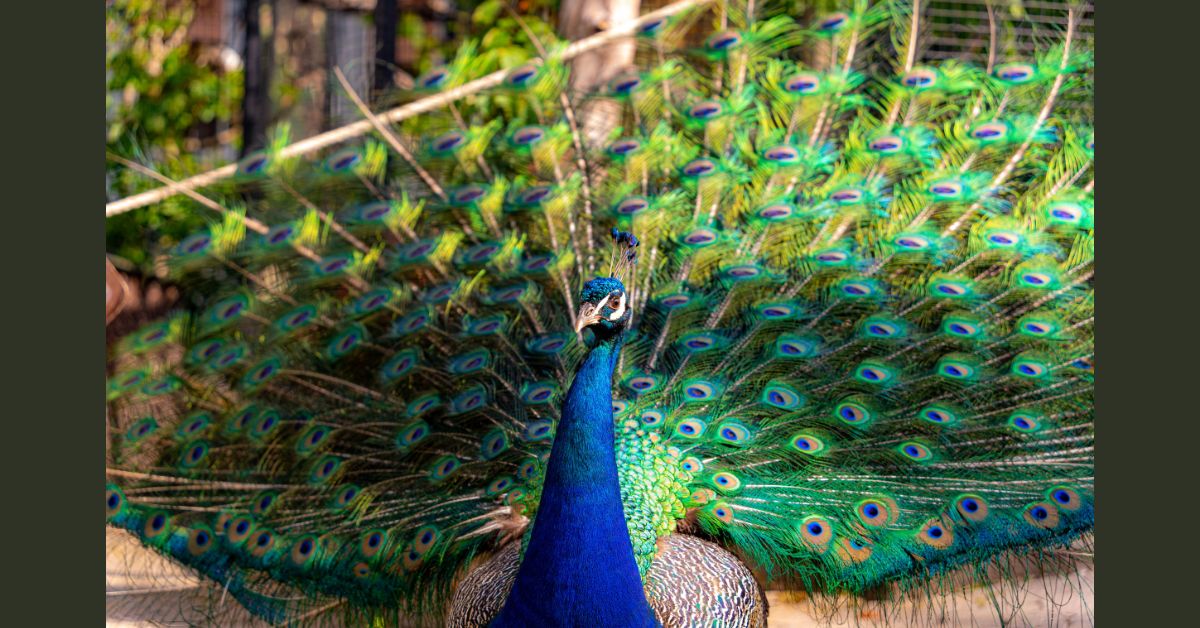
(Picture: A starling showing its colorful feathers)
Fascinating Facts Around Black Birds
1. The Insights of Crows
Crows are known for their amazing problem-solving abilities. Ponders have appeared that crows can utilize devices to get nourishment and indeed lock in in complex social behaviors. For case, they have been watched utilizing sticks to extricate insects from tree bark.
2. Ravens in Mythology
Ravens have a wealthy nearness in mythology and old stories. In Norse mythology, Odin, the chief god, had two ravens named Huginn and Muninn, who flew around the world and brought him data. Ravens are regularly seen as images of puzzle and intelligence.
3. Blackbird Songs
Blackbirds are celebrated for their lovely and shifted tunes. The maleblack bird sings to protect its domain and draw in a mate. Their melodies can run from pleasant tunes to complex melodic expressions, making them a favorite among black birds watchers.
4. Grackle Social Behavior
Grackles are exceedingly social feathered creatures that frame expansive herds. Amid the winter, these herds can number in the thousands, making noteworthy airborne shows known as murmuration. Their social behavior and vocalizations make them a captivating species to study.
5. Starling Mimicry
Starlings are amazing mirrors and can imitate a run of sounds, counting human discourse and other winged creature calls. This capacity to mirror has made a difference them adjust to a assortment of situations and associated with diverse species.
Stunning Photographs of Black Birds
Crows in the Urban Landscape
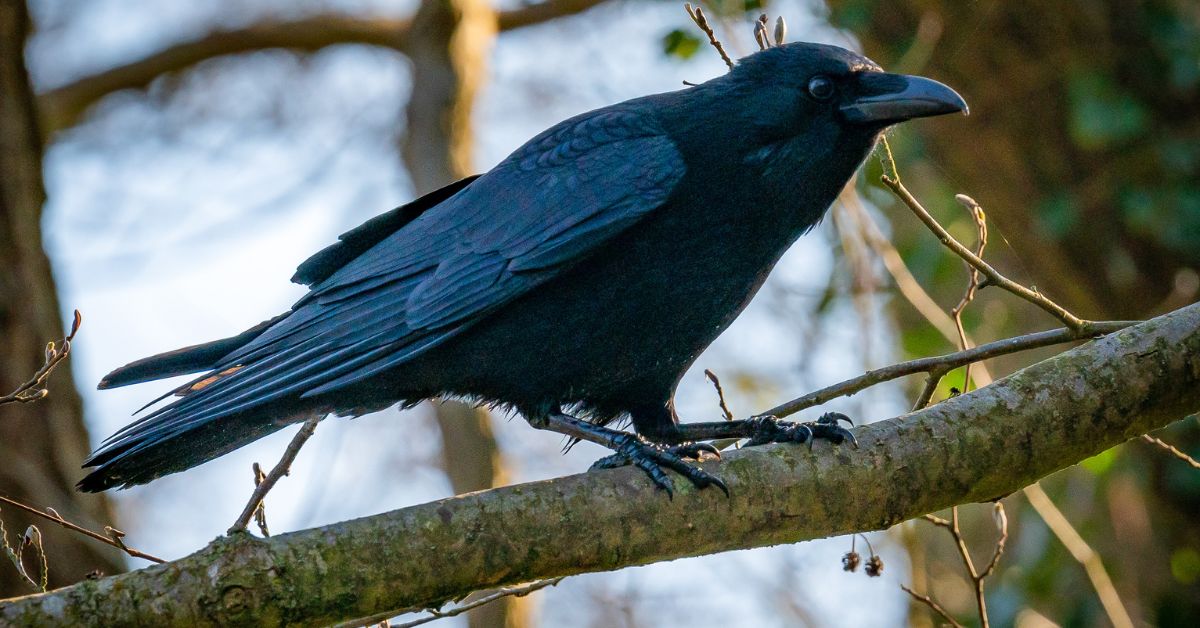
(Picture: A crow exploring an urban environment)
Crows are exceedingly versatile and can be seen in numerous urban settings. Their nearness in cities is a confirmation to their flexibility and intelligence.
Ravens in Normal Habitats
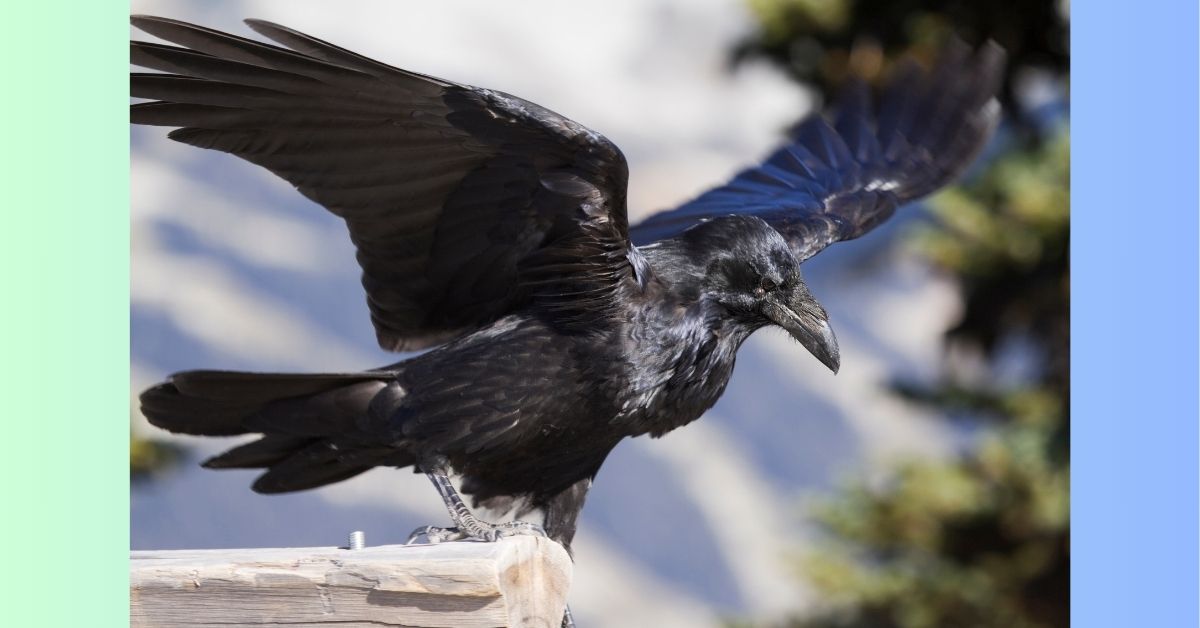
(Picture: A raven taking off over a common landscape)
Ravens are frequently found in precipitous and forested zones, where they can be seen taking off magnificently. Their nearness includes a sense of persona to the common scenes they inhabit.
Black birds in Gardens
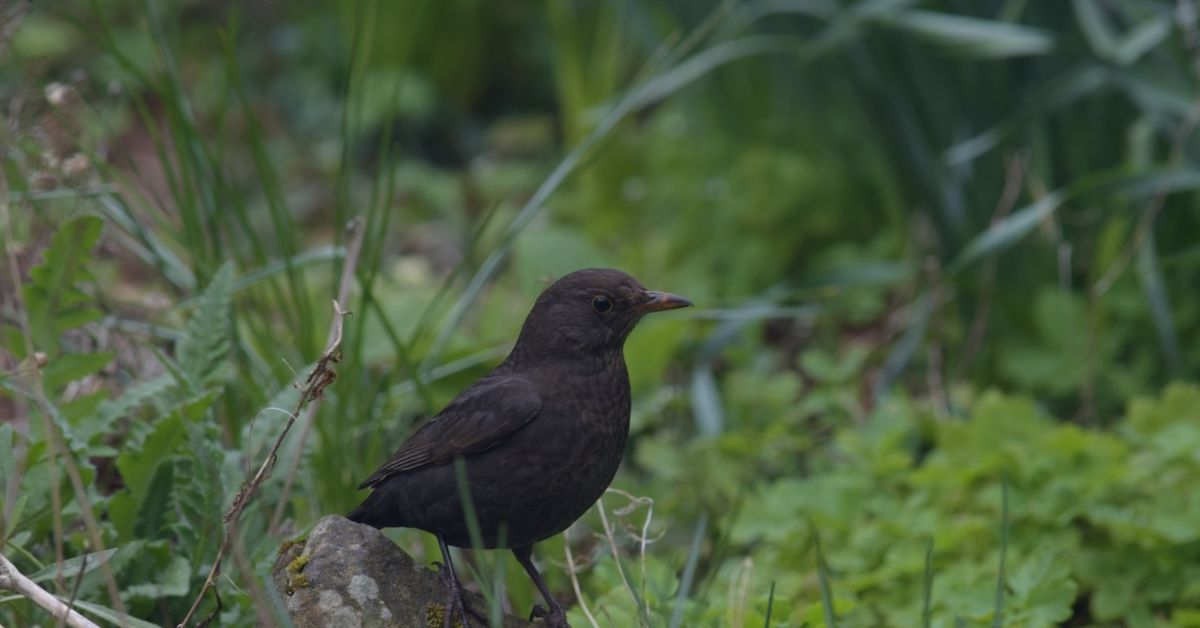
(Picture: A blackbird roosted in a garden)
Black birds are a common locate in gardens and parks, where their lovely tunes can be listened all through the day. Their nearness includes charm and dynamic quality to these green spaces.
Grackles in Flocks
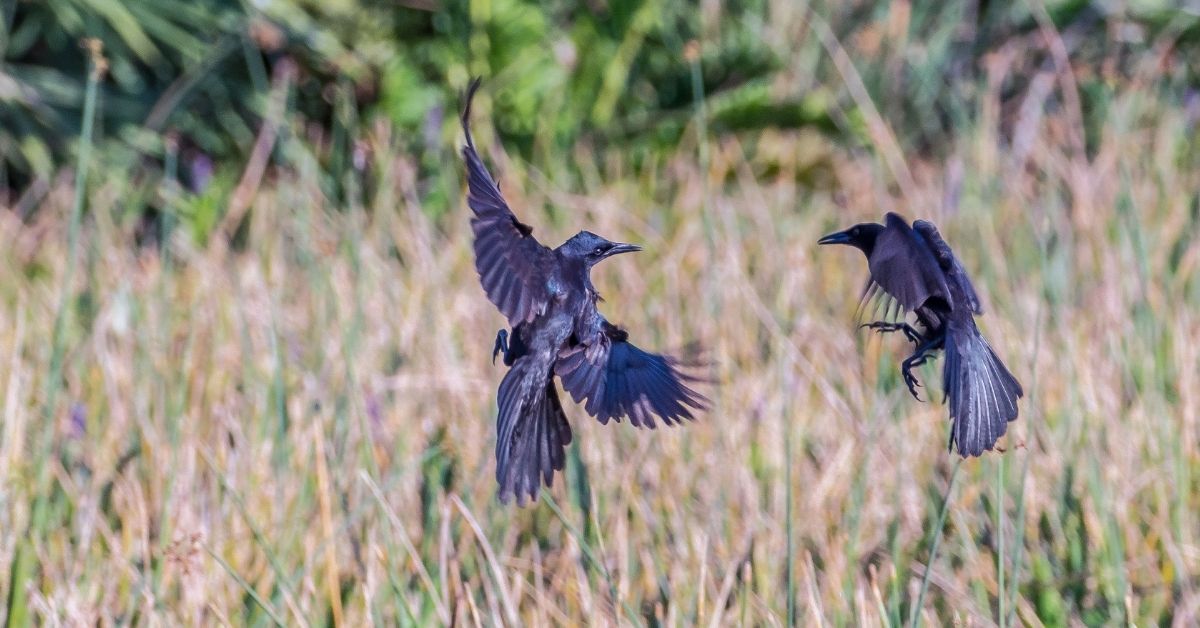
(Picture: A expansive run of grackles in flight)
Grackles are known for their expansive, boisterous herds. Observing a murmuration of grackles can be a mesmerizing involvement, displaying their social and vocal behaviors.
Starlings at Sunset
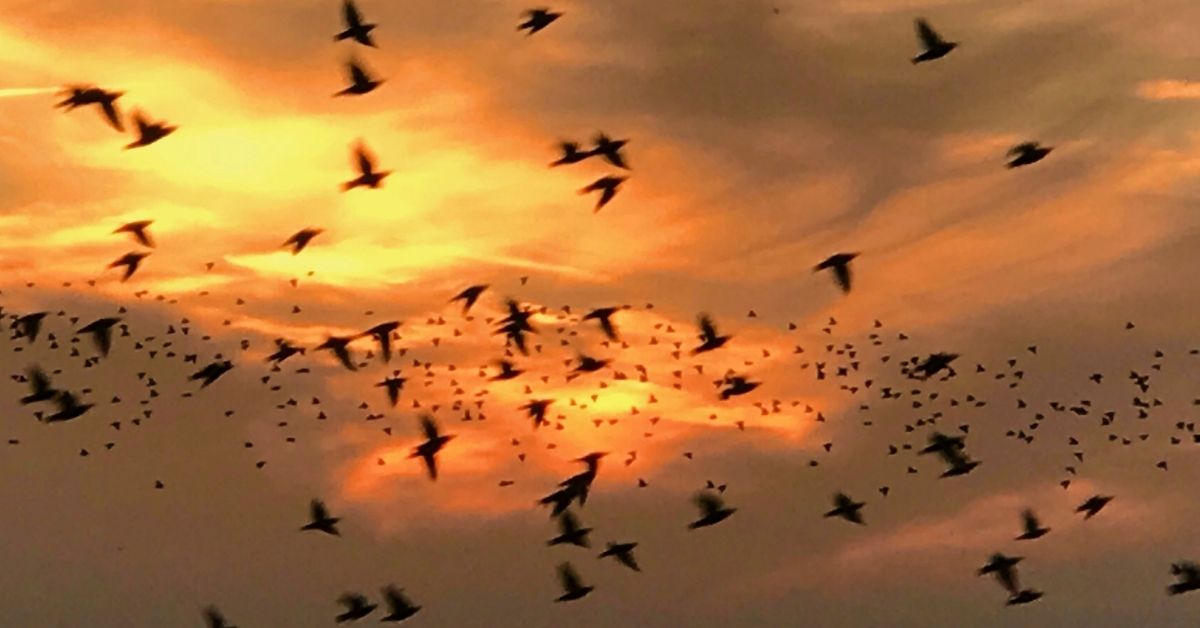
(Picture: A starling run at sunset)
Starlings make dazzling visual shows amid dusk, with their luminous quills catching the light. These herds can make breathtaking designs in the sky.
How to Spot and Recognize Black Birds
Key Characteristics to See For
When attempting to distinguish black birds, consider the taking after characteristics:
- Size: Distinctive species of black birds change in estimate. Crows and ravens are bigger compared to blackbirds and starlings.
- Feather Sparkle: See for luminosity in plumes, especially in grackles and starlings.
- Call and Melody: Each species has a particular call or tune. Familiarize yourself with their vocalizations to help in identification.
- Behavior: Watch the bird’s behavior. Crows and ravens are regularly single or in sets, whereas grackles and starlings are more social.
Best Times and Places to Observe
- Urban Zones: Crows and starlings are commonly found in cities.
- Forested Ranges: Ravens flourish in characteristic, lush habitats.
- Gardens and Parks: Blackbirds are regularly seen in these environments.
- Open Areas: Grackles are regularly found in open regions where they can shape huge flocks.
“Surprising Laughing Kookaburra Facts That Will Amaze You”
FAQs
1. What is the contrast between a crow and a raven?
Crows and ravens are closely related but contrast in measure and appearance. Ravens are by and large bigger with a more vigorous construct, and their calls are more profound compared to crows. Ravens moreover have a wedge-shaped tail, whereas crows have a fan-shaped tail.
2. How can I pull in black birds to my garden?
To draw in black birds, give a water basin, a assortment of feeders, and local plants that deliver berries and creepy crawlies. Blackbirds are too pulled in to open spaces where they can forage.
3. Are grackles destructive to other birds?
Grackles can some of the time be forceful towards other feathered creature species, especially amid settling season. They are known to attack homes and compete for assets, but this behavior is portion of their common survival strategies.
4. What do ravens eat?
Ravens are omnivorous and have a changed eat less. They eat creepy crawlies, little creatures, natural products, and carrion. Their slim down can adjust based on accessibility in their environment.
5. How can I tell if a starling is a adolescent or an adult?
Juvenile starlings have a more dappled brown appearance with less glow compared to grown-ups, who have reflexive, luminous quills. The melody of adolescent starlings is moreover less complex compared to the adult’s changed vocalizations.
Conclusion
In “Black Birds Uncovered”, we have traveled through the world of Black Birds, revealing their magnificence and special characteristics. From the shrewdly crows and puzzling ravens to the pleasant blackbirds, social grackles, and flexible starlings, these winged creatures offer a riches of information and satisfaction for fowl devotees and casual eyewitnesses alike.
By understanding the characteristics, behaviors, and visual splendor of these Black Birds, we can superior appreciate their part in the common world and the delight they bring to our lives.
